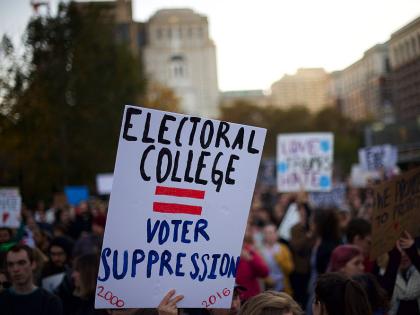The fall’s fiscal news—weak investment performance and leadership changes at Harvard Management Company; the cautions in the University’s annual report—prompts a look at a heretical thought about Harvard’s business model. For some years, the treasurer and the vice president for finance have been pointing with concern to the wobbliness of its three principal legs.
Research funding (about 17 percent of operating revenue). Given federal budget deficits, maintaining even level real support for basic research appears challenging.
Tuition and fees (about 21 percent of operating revenue). With families hard-pressed since the Great Recession, and a firm commitment to admitting students of lesser means, net tuition growth after financial aid in degree programs should be modest.
Distributions from the endowment (about 36 percent of operating revenue). During the past decade, Harvard’s investment returns have been volatile, below planned levels, and even negative in three recent fiscal years (2009, 2012, 2016)—so reliance on that largest source of funds is increasingly problematic.
One obvious solution is philanthropy. The Harvard Campaign has secured more than $7 billion in gifts and pledges; seems certain to yield more before mid 2018; and has, critically, boosted current-use giving to more than $400 million per year: 9 percent of operating revenue—available now, and much of it unrestricted. But sustaining support at this level may be more a wish than a strategy, and some of the gifts (for new buildings, for example) increase operating costs.
A finer-grained look at Harvard’s accounts suggests revisiting the one revenue source under University control: tuition. Funds from continuing and executive education (about 8 pecent of revenue) have been growing at an annual rate exceeding 7 percent this decade, and faculties welcome more. Harvard Business School’s executive-education catalog runs to more than 50 pages, and it has invested heavily in new facilities in Allston and in teaching abroad to accelerate enrollment (some of which has evaporated during past recessions). The Faculty of Arts and Sciences’ Extension School is on a roll, too. But those are the easy pickings.
The politically incorrect subject is undergraduate tuition ($43,280 of this year’s $63,025 term bill), which has been compounding at a 3 percent to 4 percent rate recently. Attacking universities for their tuition bills is a staple of political discourse, and Harvard, with its $35.7-billion endowment, makes an irresistible target—particularly among people who don’t delve into how research, libraries, and other essentials are supported.
In this environment, administrators and the Corporation have not seemed eager to stick their necks out. But a bloodless analysis might lead toward the unthinkable. Demand for admission is at a record level (39,041 applicants to the class of 2020), and acceptances are minute (5.2 percent of candidates got offers). The College’s financial-aid spending has grown minimally during the past five years, suggesting that students’ need is being at least relatively better met—and the campaign has endowed more of that cost. Critically, the financial-aid formula is highly progressive: families with incomes below $65,000 pay nothing, and those with higher incomes (up to $150,000) pay a graduated amount, rising to 10 percent of income—so for those families, setting a higher sticker price does not mean more money out of pocket. The College is upgrading the Houses, investing in fields from performing arts to engineering and applied sciences, tweaking the curriculum, etc. Thus it can talk about enriching an experience for which demand is already off the charts. If it can charge eager, upper-income applicants more tuition, the result, after added aid costs, would be a larger flow of unrestricted funds to invest in research and teaching.
Politically, this is a pipe dream. But financially—and in terms of explaining the value of a residential undergraduate education at a world-leading university—the case for raising tuition to a level more commensurate with peers’ assumes a more than theoretical allure.








